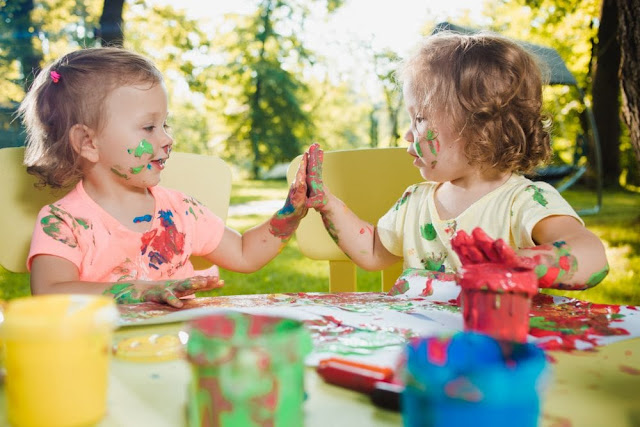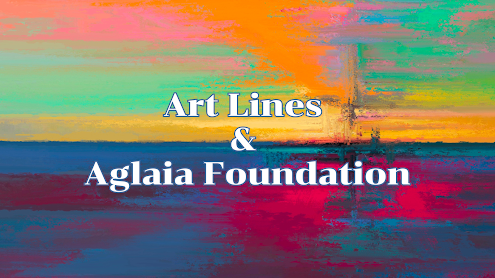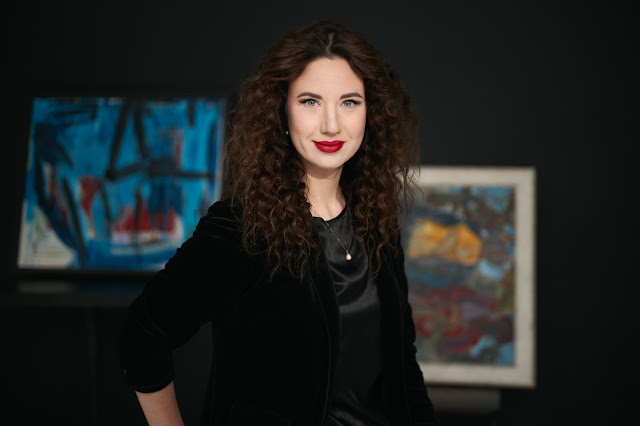The Power of Art: Nurturing Creativity and Growth in Children
Aglaia Foundation acknowledges the significance of art education as a foundation for the growth and appreciation of art in future generations. We strive to provide educational opportunities in the artistic realm, with the goal of nurturing understanding and passion for art among young individuals, thus ensuring a future where art and cultural heritage are valued and safeguarded by all.
According to the International Child Art Foundation, “Research indicates that a child who is exposed to the arts acquires a special ability to think creatively, be original, discover, innovate, and create intellectual property—key attributes for individual success and social prosperity in the twenty-first century.”
The Precursor to Writing: The seemingly simple act of scribbling is a crucial precursor to writing. As babies and toddlers scribble randomly, they gradually gain control over their crayons, leading to the development of shapes and lines. Over time, this progress lays the groundwork for writing the letters of any alphabet, facilitating their communication skills.
Cultivating Problem-Solving Abilities: Process-oriented art offers endless opportunities for decision-making and problem-solving. Children learn to embrace uncertainty and remain flexible thinkers, essential traits for fostering creativity and confidence. With exposure to a wide variety of art materials and techniques, they become more open to trying new combinations and exploring innovative ideas.
Enhancing Fine Motor Skills: Engaging in art requires intricate movements that gradually improve fine motor skills. Whether it's holding a paintbrush, cutting with scissors, or molding playdough, children refine their dexterity and coordination through enjoyable and rewarding activities. These fine motor skills serve as a foundation for various other tasks as they grow.
The Precursor to Writing: The seemingly simple act of scribbling is a crucial precursor to writing. As babies and toddlers scribble randomly, they gradually gain control over their crayons, leading to the development of shapes and lines. Over time, this progress lays the groundwork for writing the letters of any alphabet, facilitating their communication skills.








Comments
Post a Comment